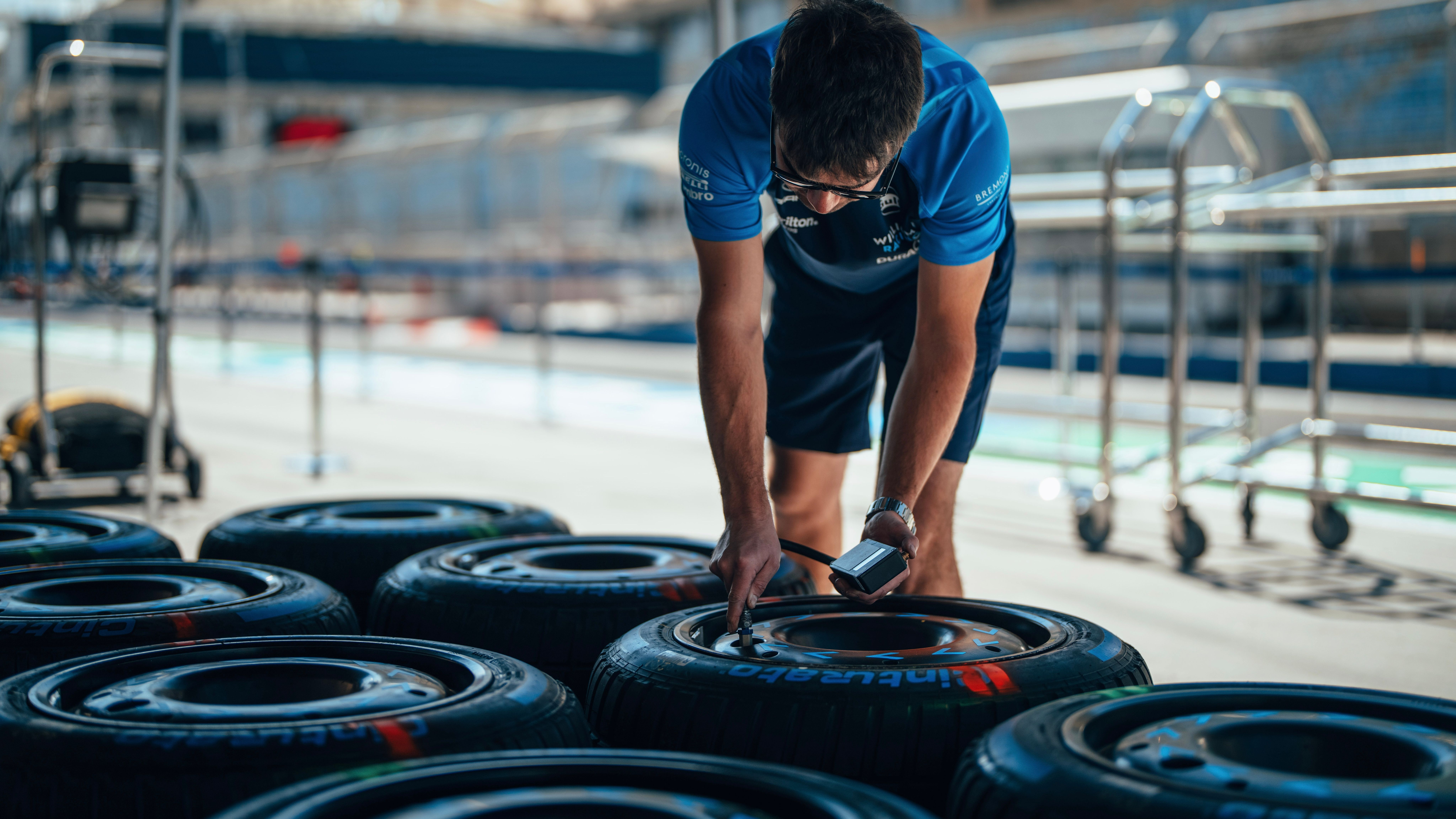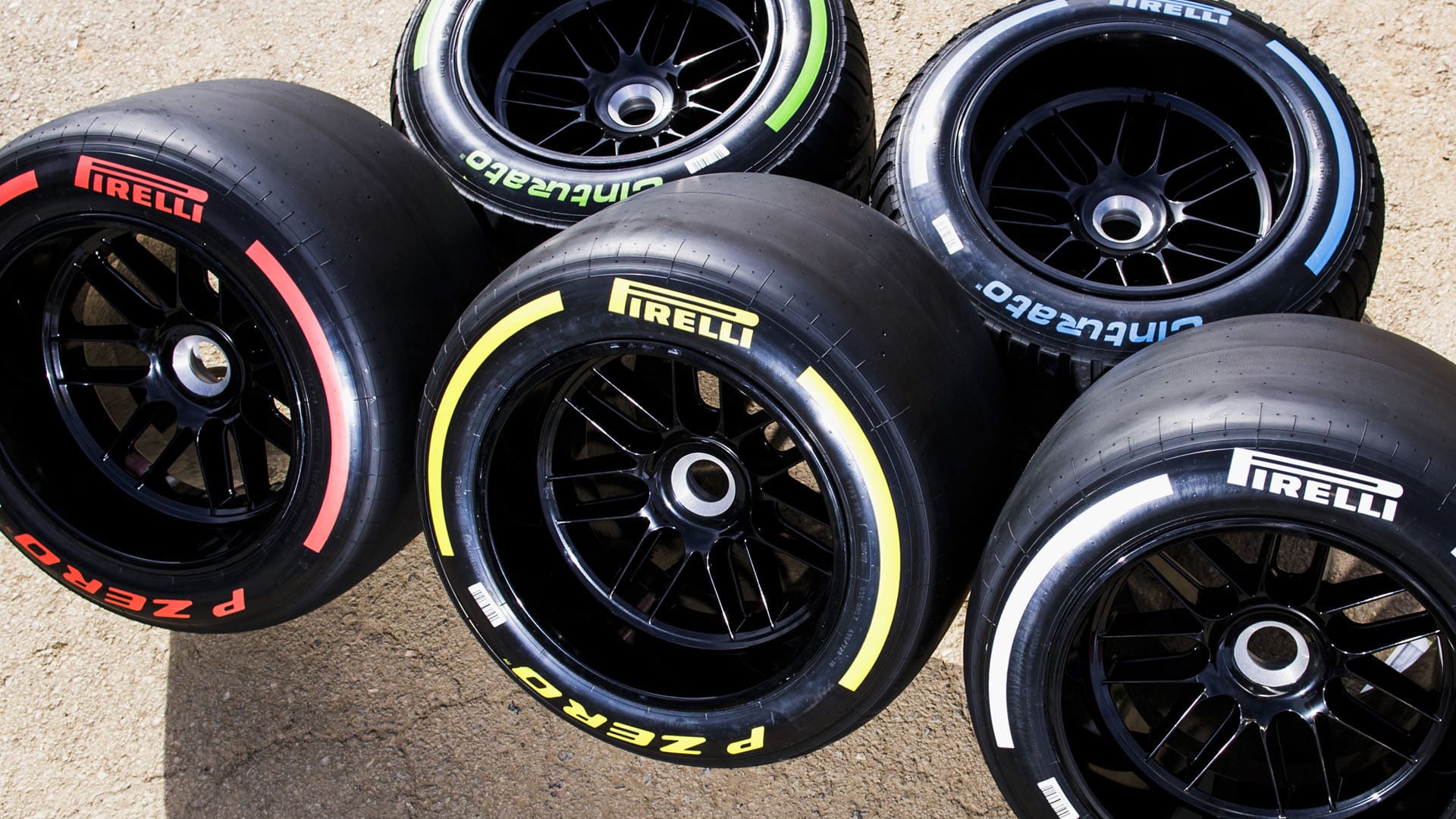All Categories
Featured
Table of Contents
The Michelin used a comfy driving experience, characterised by responsive steering and a progressive understeer balance. Despite the cooler screening problems, Michelin's constant time and grasp over 3 laps shows its viability for real-world applications.
The tyre's first lap was a second slower than the 2nd, pointing to a temperature-related grip boost. For daily use, the Michelin might be a much safer bet.
Top Tyre Repair Near Me – Dayton WA
It shared Michelin's risk-free understeer equilibrium but did not have the latter's determination to transform. Continental and Goodyear's performances were noteworthy, with Continental's new PremiumContact 7 showing a significant renovation in damp problems contrasted to its precursor, the PC6. This design was far much less conscious fill modifications and behaved similar to the Michelin, albeit with slightly much less communication at the limitation.
It combined the secure understeer equilibrium of the Michelin and Continental with some flashy handling, verifying both predictable and fast. As an all-rounder for this Golf GTI, Goodyear's Asymmetric variety was the standout, demonstrating outstanding performance in the wet. Ultimately, the Bridgestone Potenza Sporting activity took the crown as the fastest tyre, albeit by a tiny margin.
Drivers looking for an amazing wet drive could discover this tyre worth considering. The standout performer in wet stopping was the most recent tire on examination, the PremiumContact 7, though the results are nuanced.
Cheap Tyres
Preferably, we wanted the cold temperature test to be at around 5-7C, however logistical delays implied we checked with a typical air temperature of 8C and water at 12C. While this was cooler than typical test conditions, it was still warmer than real-world problems. The cozy temperature examination was done at approximately 18C air and 19C water.
The third run involved damp braking examinations on used tyres, especially those machined to 2mm with a small confrontation. While we planned to do more with these used tyres, climate constraints restricted our testing. Nonetheless, it deserves keeping in mind that wet stopping is most critical at the worn state, as tyres normally boost in dry problems as they use.

Bridgestone, Goodyear, and Michelin saw the least performance reduction when worn. The Hankook tire signed up the tiniest performance decline as temperatures cooled down, yet it was among the most affected when used.
Honest Tyre Shop
The take-home message right here is that no solitary tyre mastered all facets of damp braking, showing an intricate interplay of variables affecting tyre performance under various conditions. There was a standout tire in aquaplaning, the Continental finished top in both straight and curved aquaplaning, with the Michelin and Goodyear likewise great in deeper water.

Yokohama might profit from somewhat even more grasp, a concern potentially affected by the cooler conditions. As for managing, all tyres done within a 2% array on the lap, demonstrating their top notch efficiency (Tyre balancing). However, thinking about these tyres basically target the same customer, it interests observe the significant differences in feeling.
The surprise is since the PremiumContact 6 was one of my favourites for flashy completely dry drives, yet its successor, the PremiumContact 7, seems extra fully grown and appears like Michelin's performance. Among these, Hankook was the least exact in guiding and communication at the restriction. Tyre rotation. Both Michelin and Continental used lovely first guiding, albeit not the fastest
If I were to recommend a tire for a fast lap to an amateur, claim my papa, it would be just one of these. We have the 'fun' tires, namely Yokohama and Bridgestone. Both were swift to guide and really felt sportier than the others, but the compromise is a more lively rear end, making them extra tough to take care of.
Leading Vehicle Alignment – Swan
It supplied similar guiding to Bridgestone however supplied better feedback at the limit and better grasp. The Bridgestone Potenza Sporting activity, nonetheless, seemed to weaken fairly swiftly after just three laps on this requiring circuit. Last but not least, there's Goodyear, which placed itself someplace in between the enjoyable tires and those tending towards understeer.
All in all, these tires are outstanding performers. In terms of tyre wear, the method used in this examination is what the industry refers to as the 'gold standard' of wear.
Both the Bridgestone and Yokohama tyres considerably underperformed in contrast to the other four tires in terms of rolling resistance, with Continental a little outmatching the remainder. Pertaining to the convenience degree of the tires, as expected, the majority of showed an inverted relationship with handling. The Continental, Michelin, and Goodyear tyres performed finest across numerous surface kinds evaluated.

Bridgestone began to reveal indicators of firmness, while Yokohama was specifically jarring over holes. We did measure interior noise levels; however, as is commonly the instance, the outcomes were carefully matched, and because of weather constraints, we were incapable to perform a subjective analysis of the tires noise. We looked at abrasion figures, which determine the amount of tire walk lost per kilometre, normalised to a one-tonne car.
Top Cheap Car Tyres – Swan 6055 WA
This number stands for the quantity of rubber dust your tires produce while driving. Michelin led in this group, creating over 9% much less rubber particle matter.
Latest Posts
Reliable Low-cost Tyres Near Me
Reliable Tyre Inspections – Noranda WA
Tyre Sales – Dayton 6055 WA